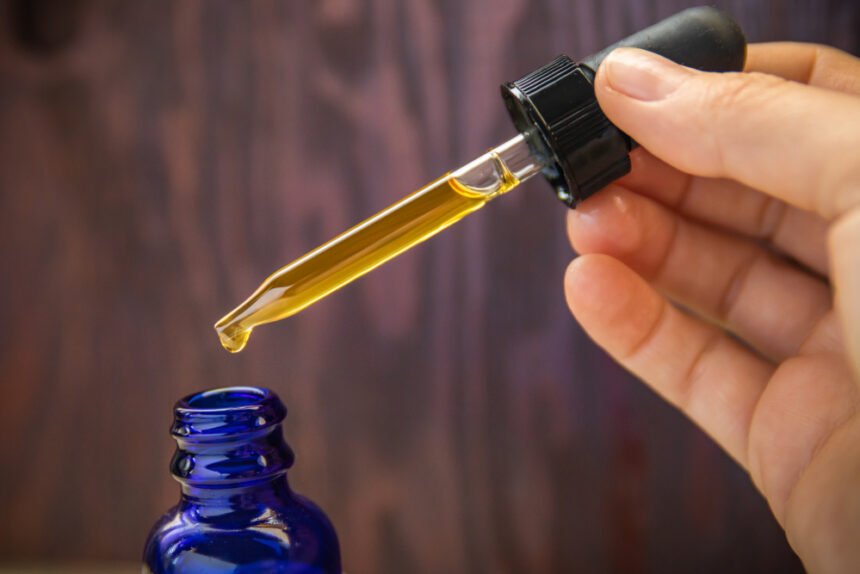The cannabis or marijuana plant contains a lot of different compounds. Many of these are unique only to this specific plant species. This is the reason why cannabis is now gaining more popularity compared to other herbal plants utilized by the health and wellness industry.
Once the most infamous illicit drug in the world, the entire negative connotation against it has now made a big turn. It’s now being widely used for medicinal purposes in countries and states where it’s considered legal. Having said that, it’s worth getting to know what makes up the cannabis plant.
Here are some of the different compounds found in cannabis and what you need to know about them:
- CBGA (Cannabigerolic Acid)
First on this list is the compound known as CBGA or cannabigerolic acid. It’s also referred to as the “Mother of All Phytocannabinoids” because all the other cannabinoids wouldn’t have existed without it. This compound is formed through the interaction of geranyl pyrophosphate and olivetolic acid. Generally, this interaction is necessary for protective purposes. This allows the cannabis plant to direct its energy toward the flower.
Hence, when you choose to use the flower of the cannabis plant rather than the leaves, the main compound you’ll be benefiting from is CBGA. Despite it being inferior in terms of popularity to the other compounds found in cannabis, it’s been proven to help people suffering from the following ailments:
- Cardiovascular disease
- Inflammatory bowel disease
- Metabolic disorders
Another great thing about CBGA is that it’s non-psychoactive, which means that it doesn’t get you high.
- THC (Tetrahydrocannabinol)
THC or tetrahydrocannabinol is one of the most common compounds in the cannabis plant. It’s also the compound that’s responsible for giving marijuana users that high sensation. Despite this, however, it’s still widely used because of its many health benefits.
THC is very similar to its other famous counterpart, CBD. But, the difference lies in the manner through which THC interacts with the body. When ingested, THC binds with the cannabinoid 1 receptor in the brain, which is responsible for that euphoric feeling.
When used correctly and within the limits of the law, THC can help manage the following symptoms and conditions:
- Anxiety
- Pain
- Nausea
- Low appetite
- Muscle spasticity
- CBD (Cannabidiol)
CBD is also one of the most famous compounds of the cannabis plant. Today, when you happen to be in dispensaries in places where marijuana or cannabis is legal, you’ll mostly come across products that have CBD or cannabidiol as the main ingredient. After all, it provides many positive benefits for the body, sans any psychoactive effect.
CBD has been found to have positive effects on patients suffering from the following symptoms and conditions:
- Anxiety disorders
- Seizure
- Pain
- Inflammation
- Stress
- Addiction
It’s also important to take note of the difference between hemp oil vs. CBD oil as they’re usually mistaken for one another.
Hemp oil is also referred to as hemp seed oil. This is a by-product of the seeds of the cannabis plant. Through cold pressing, the oil is extracted from the seeds. This kind of process helps preserve the quality and integrity of the oil, such that the pureness of the hemp oil is not disrupted. Hemp oil also has many benefits for the body for the very reason that it’s rich in omega-3 fatty acids. It can be a good treatment for skin disorders, PMS, and menopause.
On the one hand, CBD oil may come from hemp and marijuana plants. But, CBD oil is different from hemp seed oil in the sense that the former isn’t extracted from the seeds. Instead, it comes from the flowers and leaves of the said plants. CBD oil comes in different classes, such as full spectrum cbd oil, whole plant, distillates, and isolates.
Learn more about the difference between hemp oil and CBD oil through this video:
Here are the different types of CBD products:
- Oils
- Tinctures
- Edibles, such as CBD gummies
- Capsules and pills
- Creams and lotions
In order to stay safe while taking any CBD product, be sure to always practice the following precautions:
- Consult a medical professional first for the proper dosage.
- Use topicals sparingly.
- Always read labels of CBD products before using them.
- CBDA (Cannabidiolic Acid)
CBDA or cannabidiolic acid is also one of the many compounds that are produced by the cannabis plant. This is most abundant in the live parts of the cannabis plant. When further processed, this is also where the more refined CBD or cannabidiol comes from. In simpler terms, CBDA is the raw form of CBD.
The benefits of CBDA include the following:
- Has potential as an anti-inflammatory agent
- Controls nausea
- Powerful anticonvulsive
- Fights depression
- Promotes homeostasis in the body
Conclusion
Cannabis has over 500 compounds, which include terpenes, omega fatty acids, and flavonoids. Because of all these compounds, the cannabis plant is now being used not just for recreational purposes, but is also being utilized in the medical field. Its positive benefits to the human body can’t be denied, as you may have learned through the list above.

